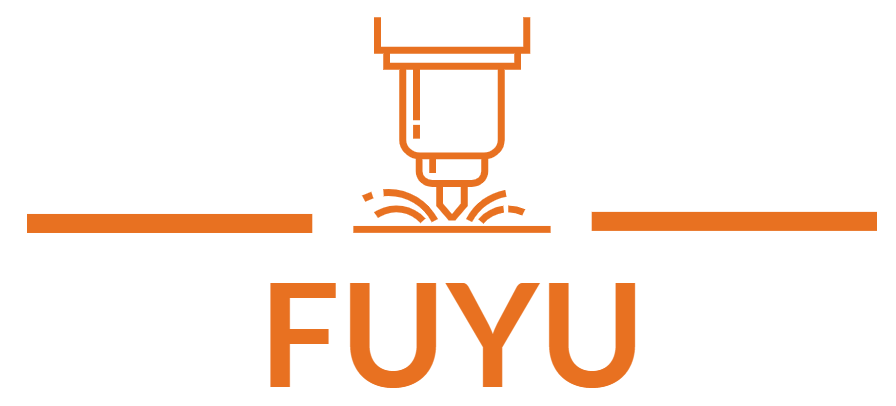Waterjet vs. Laser Cutting
Laser cutting and waterjet cutting are two popular methods used in manufacturing to precisely shape materials. While both technologies offer unique advantages, understanding their differences is crucial for choosing the most efficient and cost-effective solution for your project. This article will delve into the details of Waterjet vs. Laser Cutting, comparing their capabilities, applications, and limitations.

